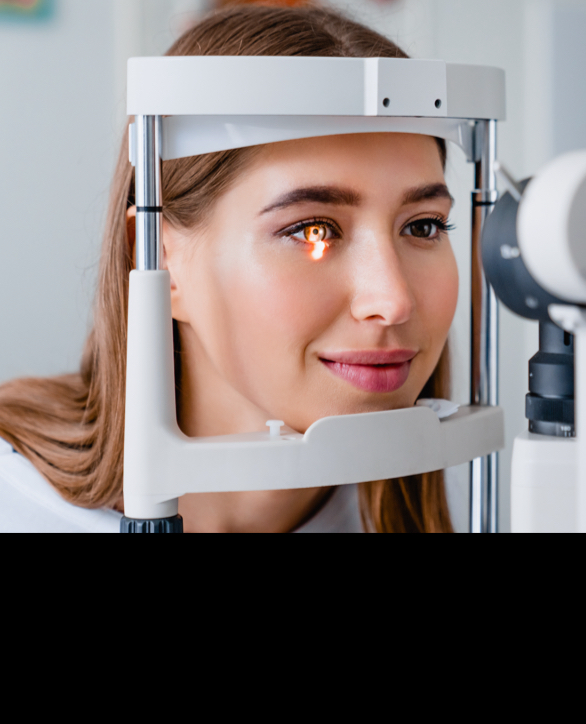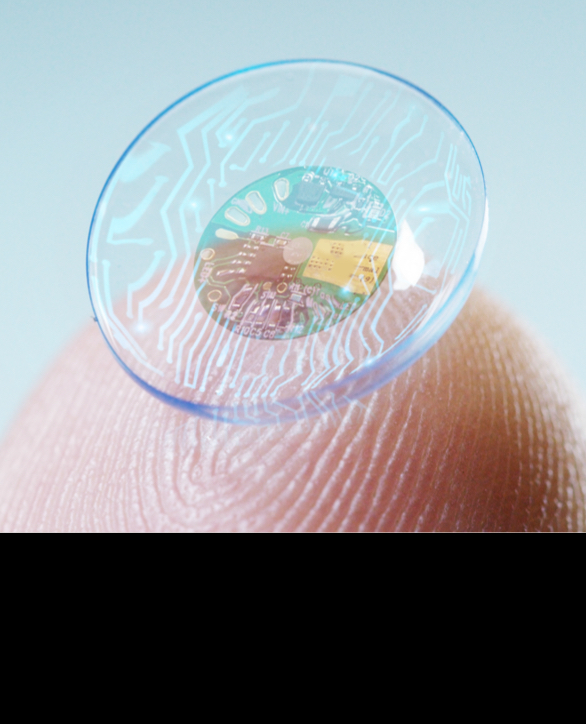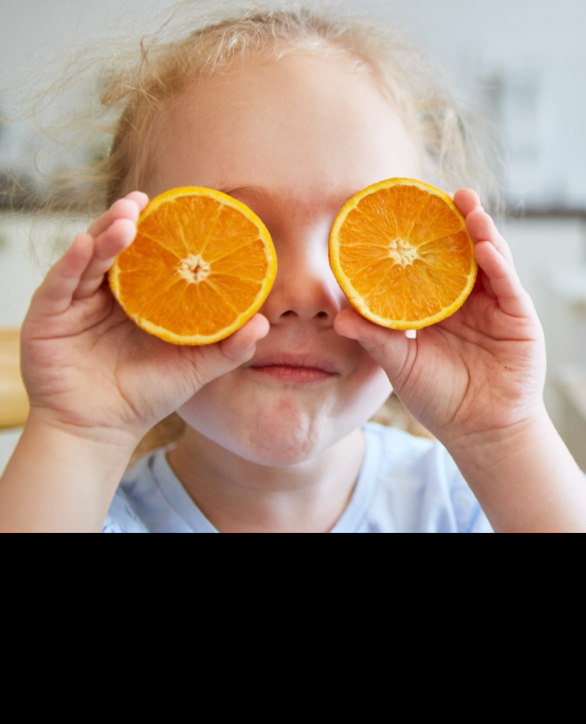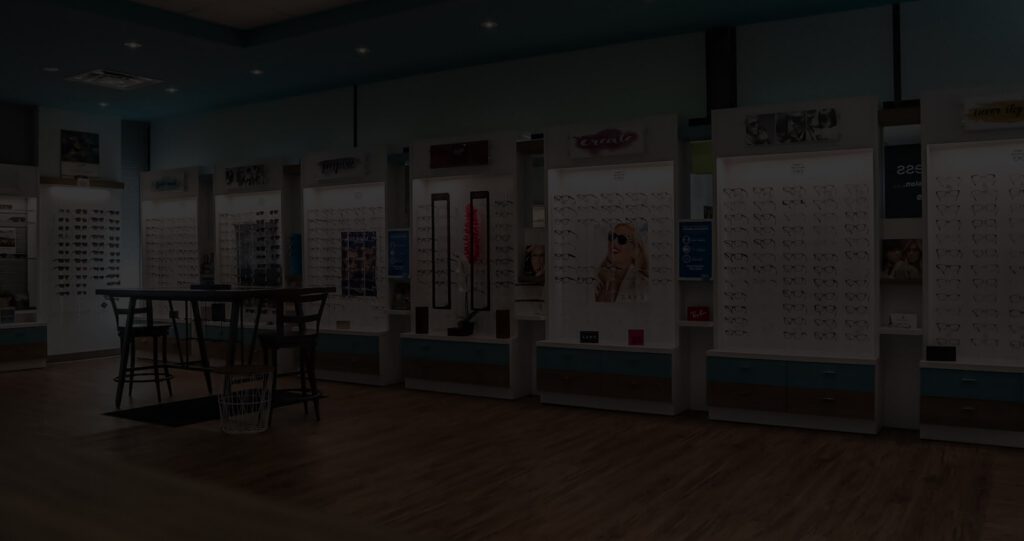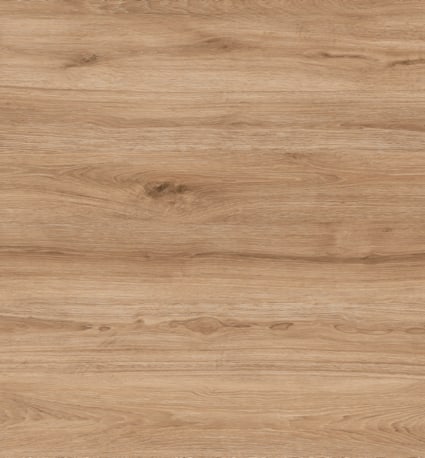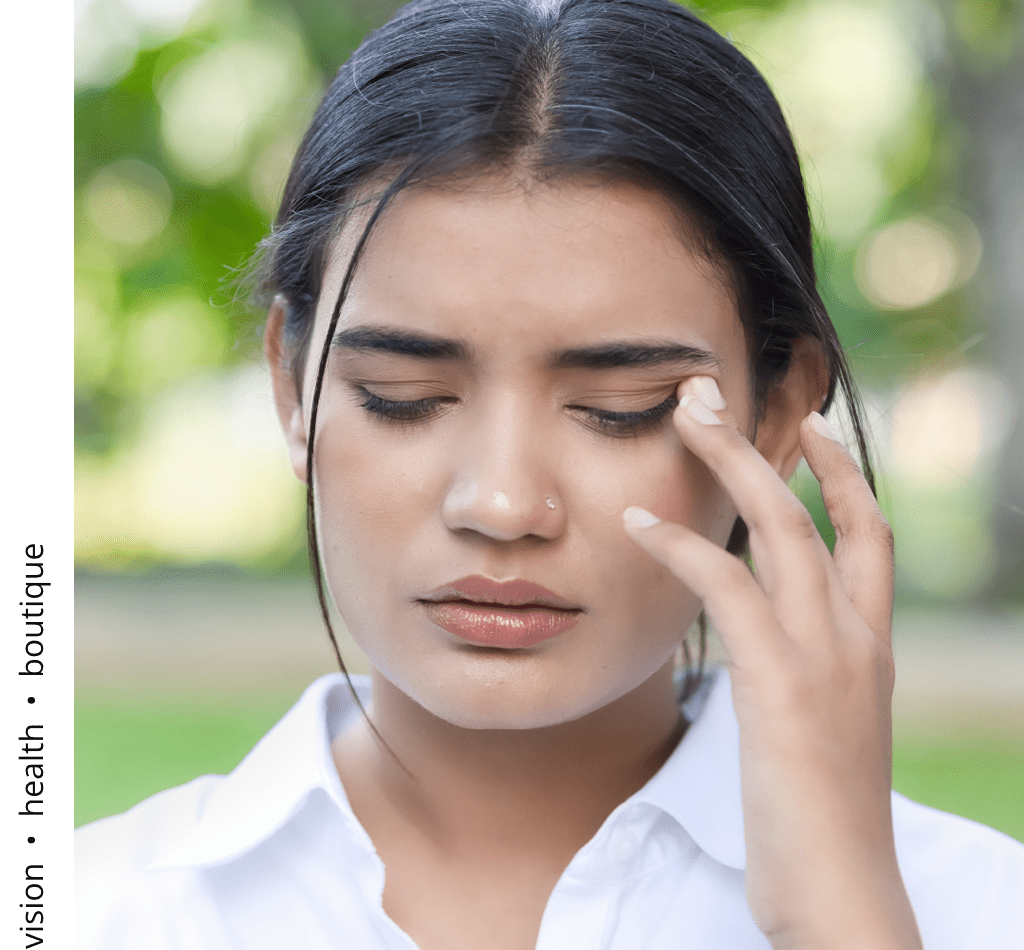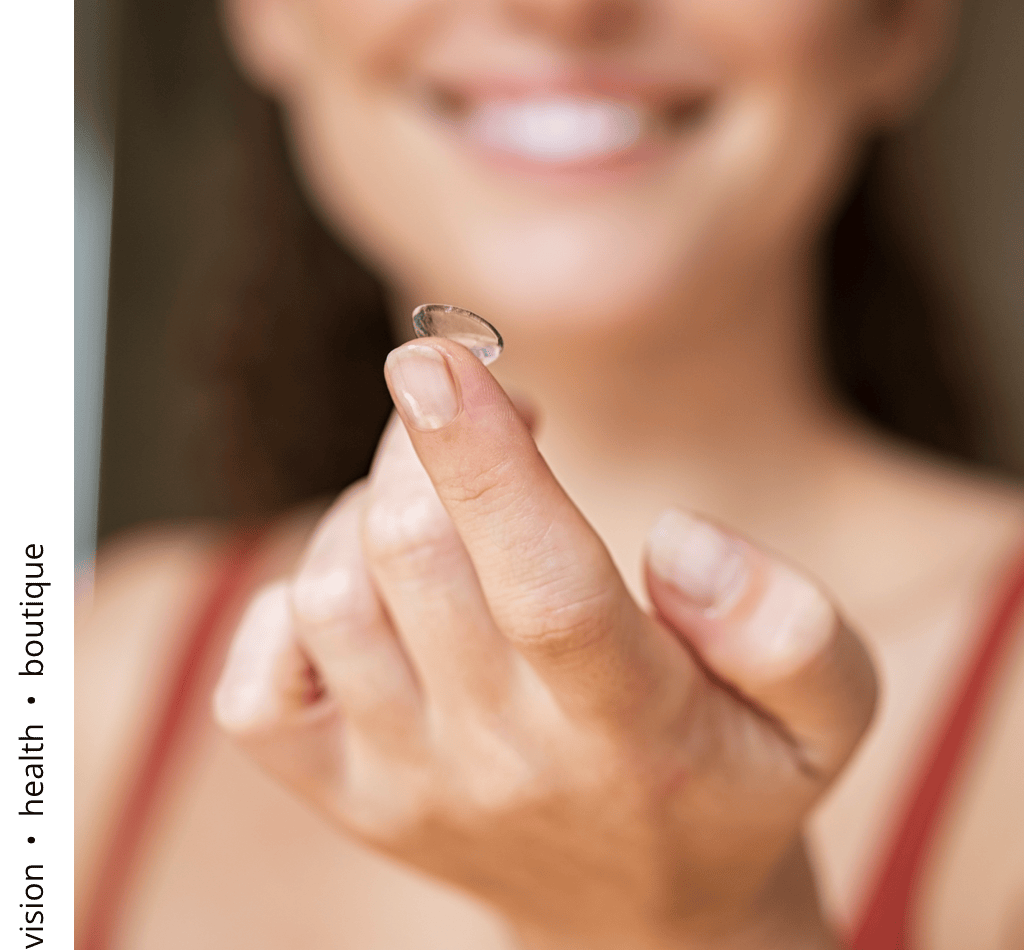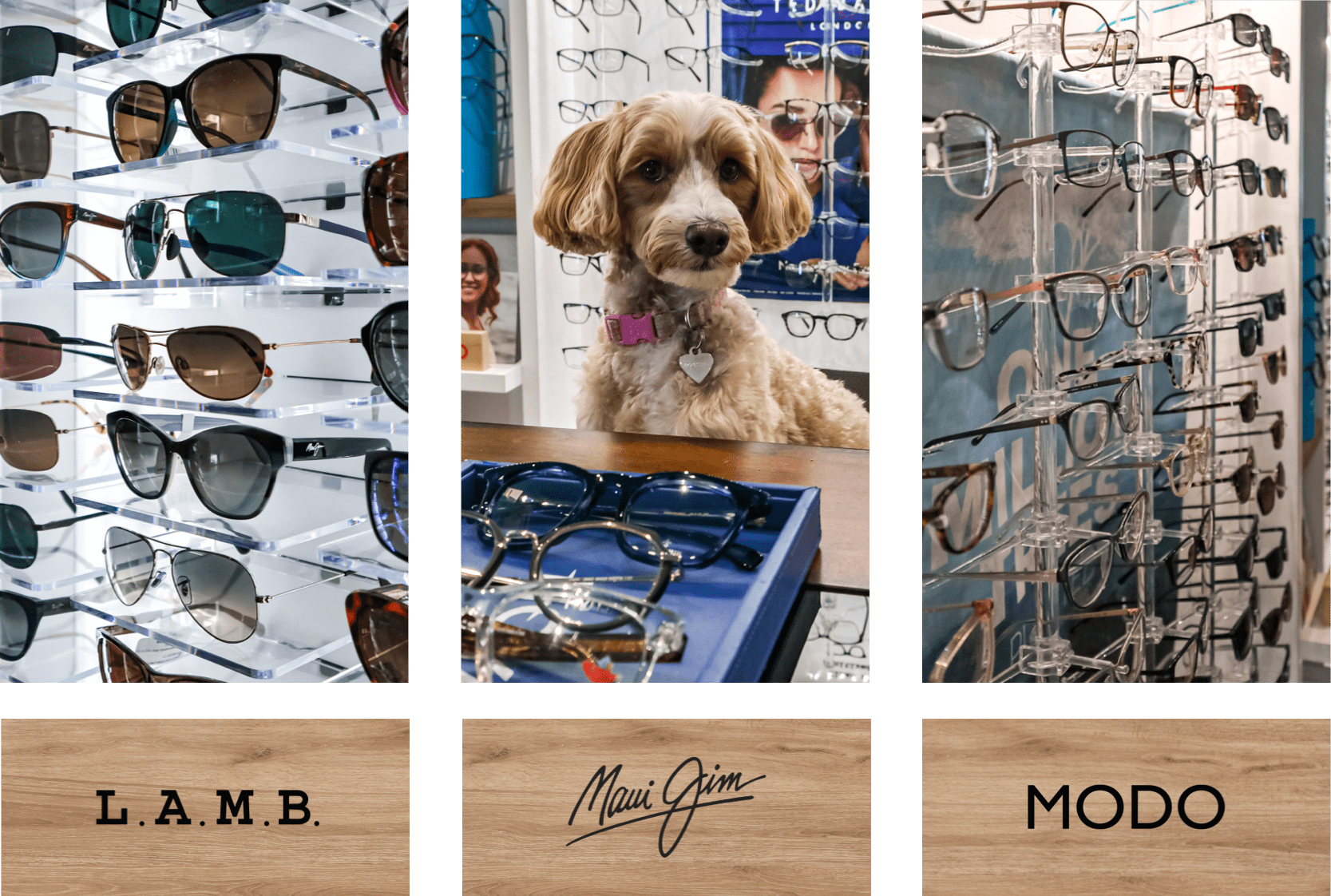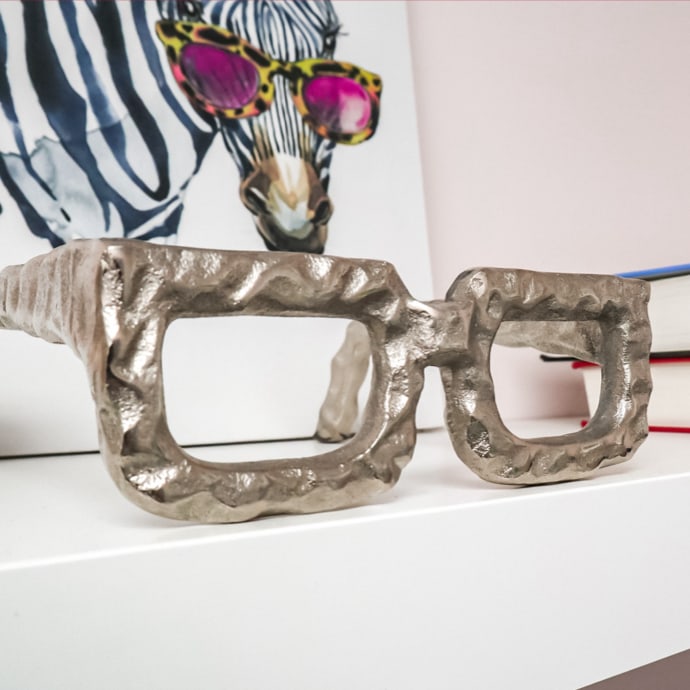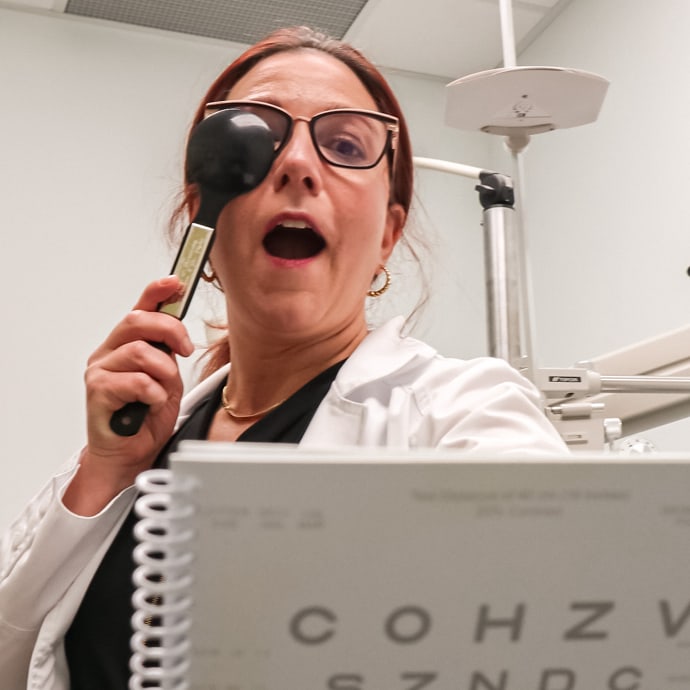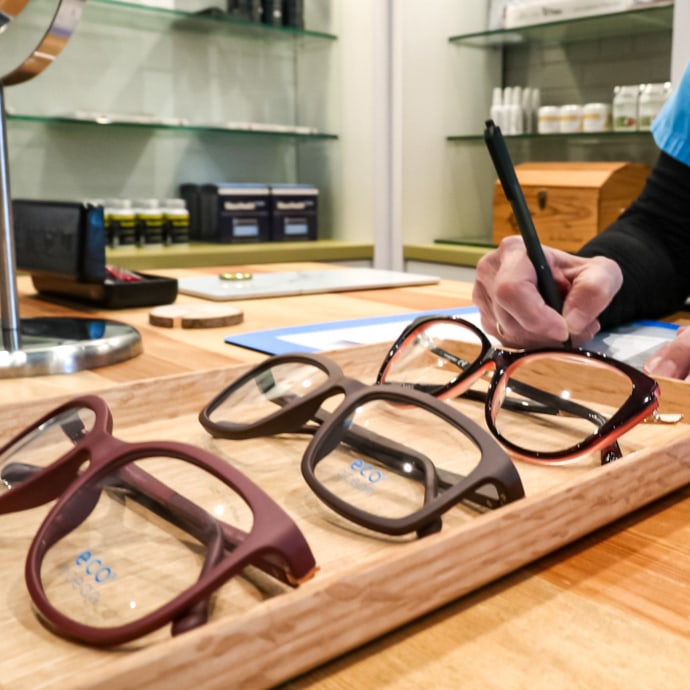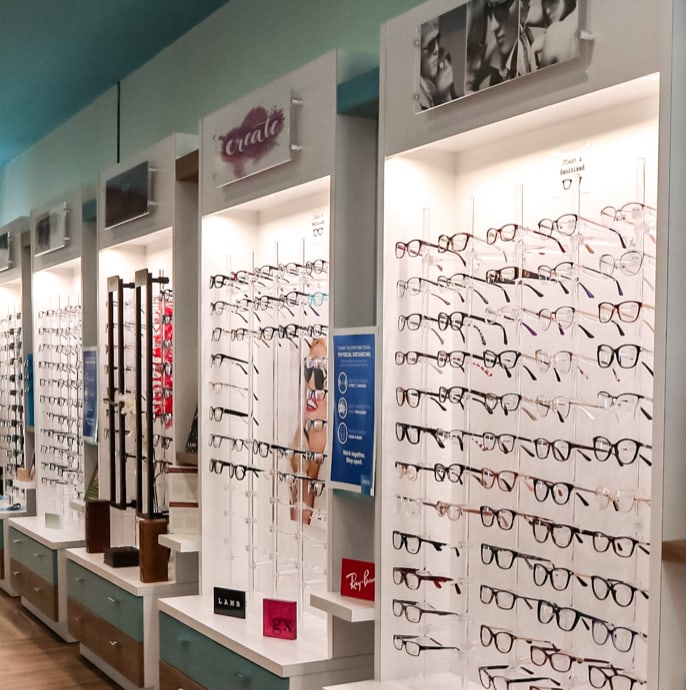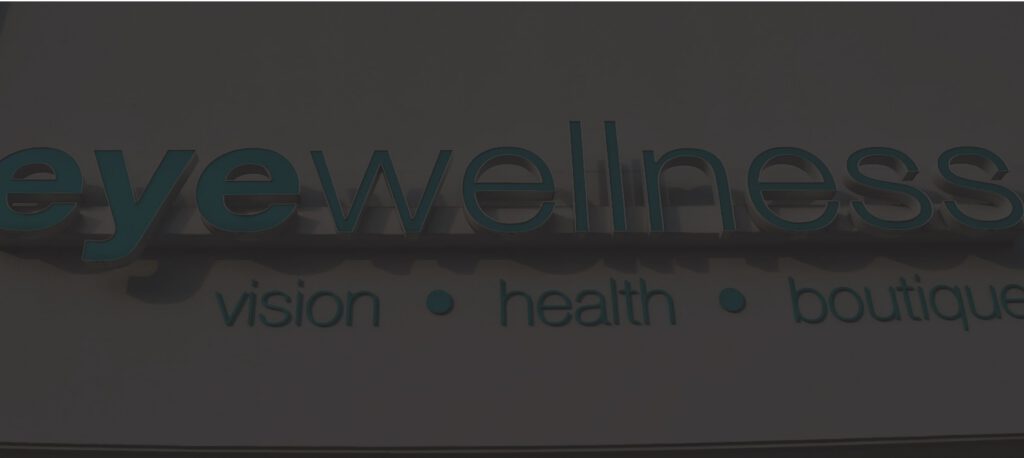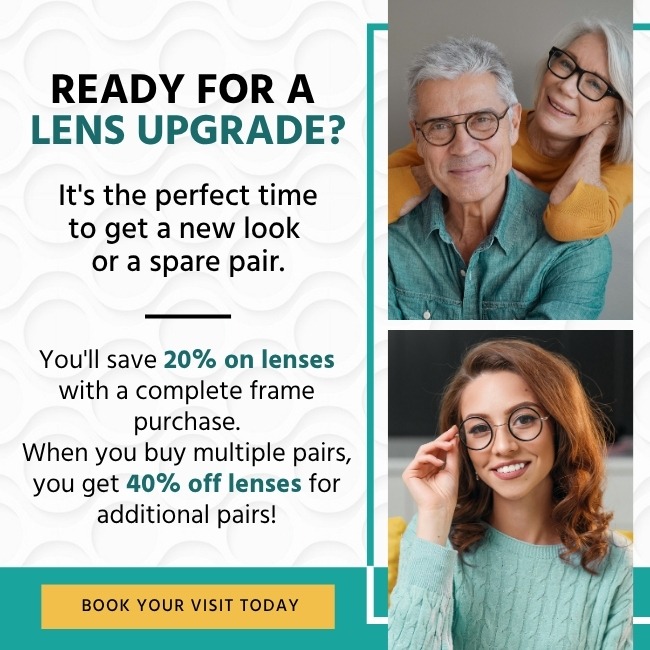Do your eyes often water, burn, or feel itchy? Does your vision fluctuate throughout the day? If so, you may be suffering from dry eye disease. The incidence of dry eye has been on the rise since the beginning of the COVID-19 pandemic. Both increased screen time and wearing a mask – two things we are doing a lot of lately, have been shown to increase the incidence and symptoms of dry eye. However, there is good news, as many treatments exist for dry eye disease. Today we are going to talk about how we can use nutrition to help improve dry eye.
What we eat and don’t eat affects the health of our eyes. This is true in particular for dry eye disease, as an imbalance of omega-3 and omega-6 fatty acids can create an inflammatory state in our body. Inflammation is an underlying factor in dry eye. Since the typical North American consumes many omega-6 fatty acids and far fewer omega-3 fatty acids, we need to focus on ways to balance the proportion by increasing our omega-3 fatty acid intake and decreasing our intake of omega-6 fatty acids.
So now you may be asking, how can we achieve a better balance of these fatty acids through our everyday food choices? I’ve laid out a few simple steps to help you achieve this.
1. Eat more fish
The Eyefoods plan recommends eating 4 servings of cold-water fish per week as outlined below.
- 2 servings of salmon (100g or 3.5 ounces per serving), and
- 2 servings of other fish such as arctic char, rainbow trout, sardines, mackerel or light tuna (100g or 3.5 ounces per serving)
Four servings of fish may sound like a lot, however, keep in mind that one filet of salmon is approximately 150 grams. So, including fish in 3 of your meals during the week is all that it takes to meet this recommendation.
If you’re new to preparing fish yourself. I have included a simple recipe from my book, Eyefoods: The Complete Eye Health and Nutrition Guide to get you started.
And if you don’t have experience in buying fish – just head to the seafood counter at your favourite grocery store and ask for help in choosing good quality fish.
2. Not all fish is created equal
While most fish are a good lean protein source, some fish is better for us than others. We want to choose fish that is high in omega-3 fatty acids such as salmon, rainbow trout, arctic char, sardines, mackerel and light tuna. The other factors to consider when choosing fish are contamination (with mercury and PCBs) and sustainability. I recommend these websites as resources to help you make these choices.
3. Avoid Processed Foods
Eliminating processed foods from you diet will decrease your intake of omega-6 fatty acids and help you to achieve a better ratio of omega-6:3. Choosing fresh fruit and veggies as snacks instead of prepackaged foods will give you a head start with this.
4. Choose Omega-3 eggs
Omega-3 eggs are a source of the omega-3 fatty acid DHA. When eating eggs, be sure to enjoy the entire egg, as most of the nutritional benefit comes from the yolk. Eaten in moderation, eggs provide the body with many healthful nutrients that ward off chronic disease and promote long-term eye health.
5. Make walnuts, flax seed, chia seeds staples in your pantry
These are all sources of the plant-based omega-3 fatty acid ALA and make great additions to salads, rice bowls or Greek yogurt parfaits.
Now it’s time to take care of your eyes. Say goodbye your screen and head into the kitchen to prepare the delicious recipe below!
Courtesy of EYEFOODS: The Complete Eye Health & Nutrition Guide by Laurie Capogna © 2019 www.robertrose.ca Reprinted with permission. Available where books are sold.
Rainbow Trout Packets
Eye Nutrients: Lutein, zeaxanthin, vitamin C, vitamin E, zinc, omega-3s (DHA and EPA)
- Preheat oven to 350F (180C)
- You will need 4 rectangles parchment paper or foil large enough to wrap around a piece of fish
- Large baking sheet
- 4 cups chopped trimmed kale
- 1 onion, thinly sliced
- 20 oz rainbow trout fillets, cut into 4 pieces 600 g
- 1⁄2 cup chopped fresh cilantro or parsley 125 mL
- 1⁄4 cup freshly squeezed lemon juice 60 mL
- 1 tbsp olive oil 15 mL
- Salt and freshly ground black pepper
- 2 small oranges, thinly sliced, including peel
- 2 limes, thinly sliced, including peel
Directions
- Create a bed of 1 cup (250 mL) kale in the center of each piece of parchment paper. Top with onion, dividing evenly, then a piece of trout. Sprinkle with cilantro and drizzle with lemon juice and oil. Season with salt and pepper. Top fish with orange and lime slices.
- Bring the long ends of the parchment paper together and fold down until the packet is sealed tightly. Fold up each open end of the paper until the sides of the packet are sealed tightly. Place packets on a baking sheet.
- Bake in preheated oven for 20 to 30 minutes or until fish is opaque and flakes easily when tested with a fork.


